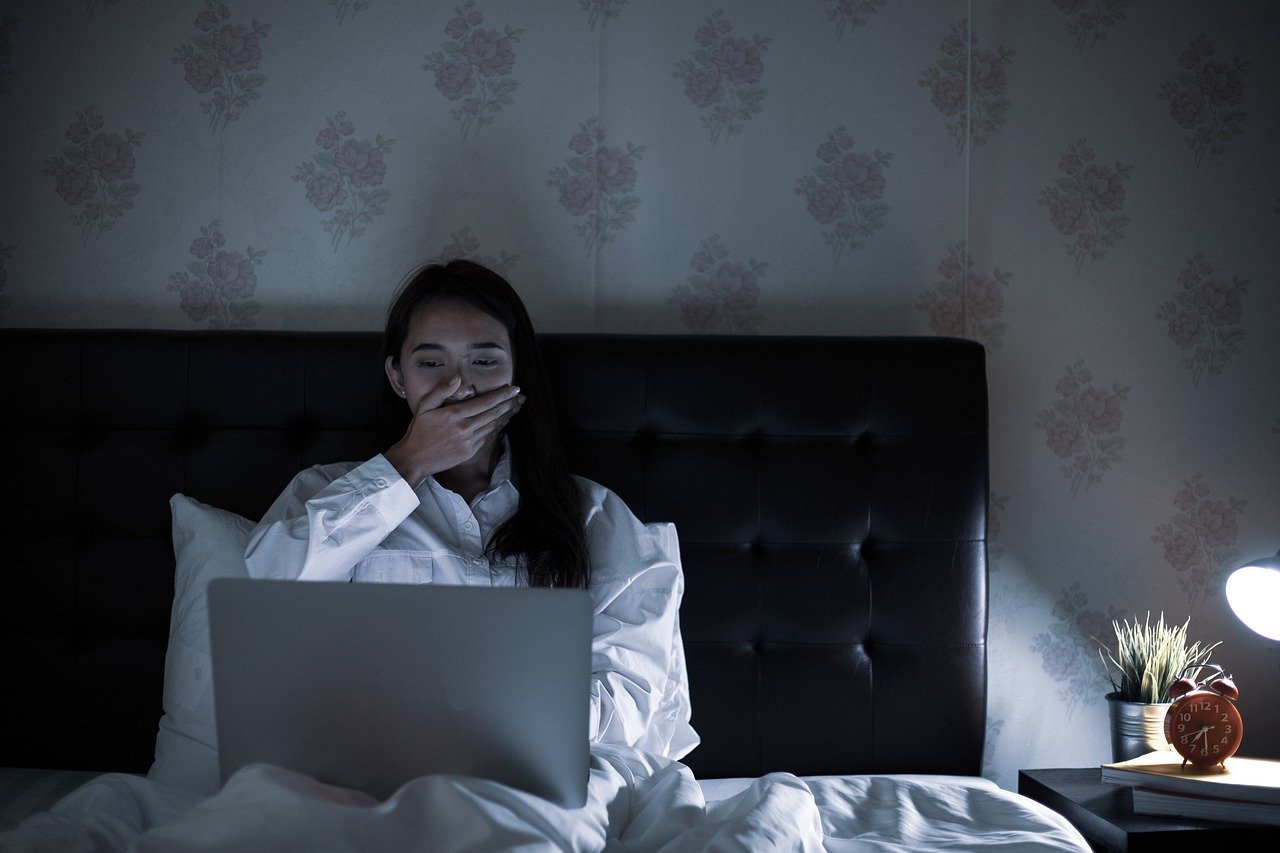In June 2019 researchers from the USA published the results of their study to assess the differences in types and amount of technology used by adolescents and its association with sleep/daytime sleepiness in adolescents with and without attention-deficit/hyperactivity disorder. A total of 162 adolescents with and 140 adolescents without attention-deficit/hyperactivity disorder were involved in the study. All individuals were aged between 13 to 14 years of age. Information on time spent using technology, sleep-wake problems, school-night time in bed, and daytime sleepiness was collected from the adolescents via questionnaire, whilst parents reported on adolescents’ technology use and teachers on their daytime sleepiness. Results showed that adolescents with attention-deficit/hyperactivity disorder used technology to a greater extent, with more television/movie viewing, video game, and phone/video chatting than adolescents without attention-deficit/hyperactivity disorder. In addition, adolescents with attention-deficit/hyperactivity disorder engaged in twice as much daily video game use. After controlling for confounders, eg medication use, development, sex and internalizing symptoms, greater technology use was associated with more sleep-wake problems and less time in bed in all adolescents irrespective of their attention-deficit/hyperactivity disorder status. However, the amount of technology usage did appear to be associated with teacher-rated daytime sleepiness only in adolescents with attention deficit/hyperactivity disorder. The researchers therefore concluded that healthcare professionals should consider technology usage when assessing and treating sleep problems.
Bourchtein E et al. Featured Article: Technology Use and Sleep in Adolescents With and Without Attention-Deficit/Hyperactivity Disorder. J Pediatr Psychol. 2019 Jun 1;44(5):517-526

